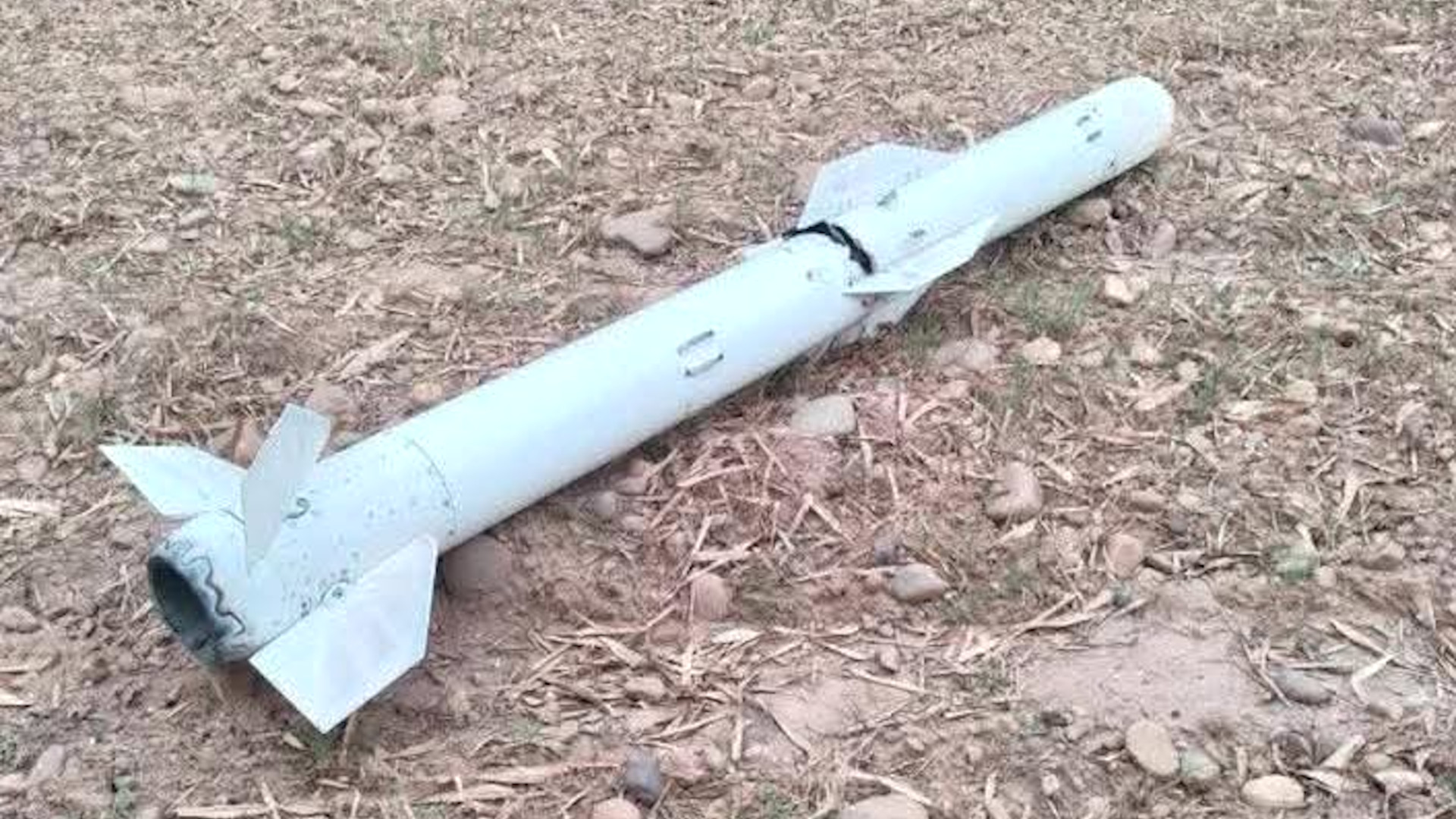SOURCE: AFI


In a significant development amid heightened tensions in South Asia, China’s Ministry of National Defense has officially confirmed that the PL-15E beyond-visual-range (BVR) air-to-air missile, supplied to Pakistan, is indeed an export variant, aligning with long-standing claims by the Indian defense community. The confirmation came during a press briefing on Thursday, where ministry spokesperson Zhang Xiaogang addressed questions regarding India’s reported capture of a PL-15E missile during recent India-Pakistan skirmishes and the potential for India to reverse-engineer its technology. This statement, reported by The Paper, sheds light on the missile’s capabilities, China’s strategic arms exports, and the broader implications for regional security dynamics.
Zhang Xiaogang, responding to queries about the PL-15E’s capture by India, clarified that the missile is an export model that has been openly showcased at multiple defense exhibitions, both domestically in China and internationally. “The missile in question is an exported piece of equipment,” Zhang stated, emphasizing its status as a downgraded variant of the domestically used PL-15 missile. This acknowledgment corroborates assertions by Indian defense analysts who have long suspected that the PL-15E, supplied to the Pakistan Air Force (PAF), is a less capable version of China’s advanced PL-15, which boasts a reported range of 200-300 kilometers and is designed for high-value targets like airborne early warning and control (AWACS) aircraft and fighters.
The PL-15E, with a reduced range of approximately 145 kilometers (90 miles), is equipped with an active electronically scanned array (AESA) radar and a dual-pulse solid rocket motor, making it a formidable weapon despite its export limitations. It is integrated with Pakistan’s JF-17 Block III and J-10C fighter jets, enhancing the PAF’s BVR capabilities. Zhang’s remarks appear to downplay concerns about the missile’s technological sophistication, likely to mitigate fears of sensitive technology falling into Indian hands. However, the capture of a largely intact PL-15E during recent hostilities has sparked intense speculation about its potential exploitation by India and its allies.
Indian defense officials have described the recovery as an “unprecedented intelligence opportunity.” A senior official, speaking anonymously, noted, “This is about understanding enemy capability in granular detail — how it tracks, what kind of jamming it can resist, and how it communicates with launch platforms mid-flight.” The largely intact state of the missile, reportedly due to a failure in its self-destruct mechanism, offers India a rare chance to dissect advanced Chinese military technology. Speculation is rife that India may share the missile’s components with allies like the United States, France, or Japan, given the PL-15’s relevance to countering Chinese airpower in potential future conflicts.
The prospect of India reverse-engineering the PL-15E has raised alarm in Chinese military circles, with bloggers and analysts expressing concern over the potential loss of technological secrets. However, Zhang Xiaogang’s statement appears to dismiss these fears, emphasizing that the PL-15E is a “special version for foreign trade” with reduced capabilities compared to the domestic PL-15. A Chinese military blogger, cited by The EurAsia Times, reassured netizens that the export model’s technology is not as advanced, suggesting that any reverse-engineering efforts would yield limited strategic gains. Nonetheless, the recovery of the missile’s AESA radar and other components could provide valuable insights into China’s missile design, guidance systems, and countermeasures, potentially informing India’s own BVR missile development.
Indian analysts argue that reverse engineering could accelerate the DRDO’s efforts to enhance the Astra Mk-2, which is designed to compete with advanced BVR missiles like the PL-15 and Europe’s Meteor. The captured missile could also reveal weaknesses in its design, enabling India to develop more effective electronic countermeasures or tactics to neutralize it in future engagements. Furthermore, sharing technical data with the United States, which has a robust Foreign Materiel Exploitation (FME) program, could strengthen India-U.S. defense cooperation, especially given the PL-15’s relevance to countering China’s J-20 stealth fighters in a potential Indo-Pacific conflict.
China’s confirmation of the PL-15E’s export status underscores its deepening defense partnership with Pakistan, which consumed 63% of China’s $8.2 billion in arms exports from 2020 to 2024, according to the Stockholm International Peace Research Institute (SIPRI). The PL-15E, paired with Pakistan’s J-10C and JF-17 Block III fighters, has bolstered the PAF’s ability to challenge India’s air superiority, particularly in the context of ongoing tensions over Kashmir. The missile’s combat debut, confirmed by Pakistan on May 9, 2025, following India’s “Operation Sindoor” strikes on terrorist camps, highlights its role in escalating the regional arms race.
However, India’s successful interception of PL-15E missiles during Operation Sindoor 2.0, using systems like the Russian-made S-400 Triumf and advanced jammers, demonstrates the IAF’s robust air defense capabilities. The operation, which neutralized incoming missiles and drones across 1,800 km of airspace, has been hailed as a testament to India’s technological edge, despite Pakistan’s claims of downing Indian aircraft, including Rafale jets. These claims remain unverified, with India maintaining official silence on losses, possibly to avoid fueling propaganda.
NOTE: AFI is a proud outsourced content creator partner of IDRW.ORG. All content created by AFI is the sole property of AFI and is protected by copyright. AFI takes copyright infringement seriously and will pursue all legal options available to protect its content.